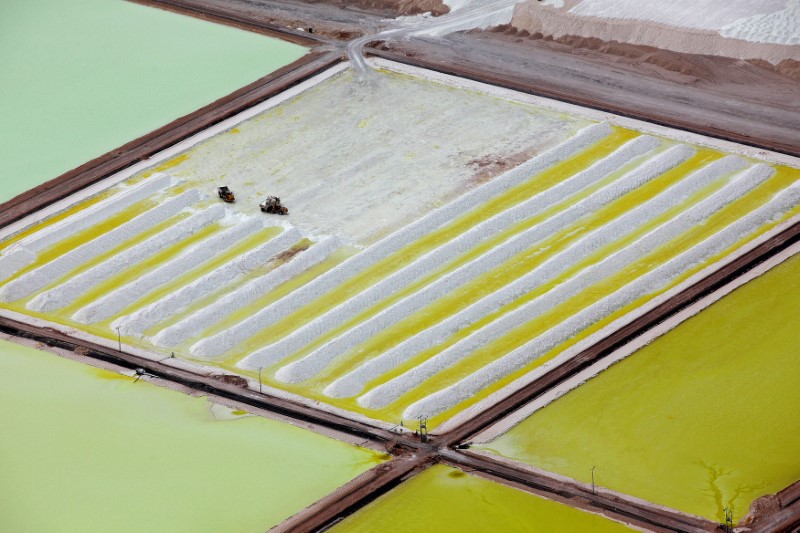Anson Resources Ltd (ASX:ASN, OTCQB:ANSNF) has completed the surface drilling and casing of the Bosydaba #1 well, which is on recently purchased private property at its Green River Lithium Project in the Paradox Basin in south-eastern Utah, USA.
Importantly, the intersection of shallow slightly saline aquifers supports the fact that there is no connectivity between aquifers and the sealed Pennsylvanian brines 7,000 feet deeper
This drilling represents the first phase in Anson’s mineral resource definition plan at Green River, where the company is targeting lithium-rich brines in the highly porous clastic horizons and the Mississippian units in the region.
Upon completion of the well, it is expected that brine will be able to flow directly to the sample demonstration plant, which consists of both the direct lithium extraction and the downstream purification process.
This will result in the plant being capable of operating 24/7 and producing a high-purity lithium carbonate product.
Reduced environmental impact
The land parcels are on flat, sparsely vegetated ground that required minimal earthworks prior to the commencement of drilling, which reduces the environmental impact on the region.
The well’s 'surface' section – at 1,500 feet – was drilled and cased after the conductor had been drilled to 80 feet and cased, and cementing of the steel casing has been completed to hydraulically seal the small shallow aquifers.
During the drilling of this first 1,500-foot interval, slightly saline aquifers were intersected, which was expected. The company accordingly implemented measures that had been agreed with Utah Division of Oil and Gas to control the water flow.
The water from this flow was collected and disposed of according to the plan. These waters had a low chloride assay of 1,800 parts per million (ppm). This compares to the chloride values from the lithium-rich brines to be extracted for processing of 350,000 ppm.
These very low chloride values have given the company confidence that there is no interconnectivity between the shallow aquifers and the deep, sealed Pennsylvanian Clastic zone brines.
About the drilling
The drilling can be broken down into four separate phases based on the hole and steel casing sizes.
Casing used to line the well is steel pipe, which is usually larger in diameter and longer than drill pipe.
This drill rig setup uses a closed-loop system to recycle drilling muds and fluids instead of digging out reserve pits to contain these fluids and waste.
The conductor pipe is a large diameter pipe that is set into the ground to provide the initial stable structural foundation for the well to be drilled. It is then cemented in place to support and prevent erosion.
The surface casing hydraulically seals the shallow formation layers that may contain small aquifers so they are not contaminated by the process.
Cement is pumped through the 'casing shoe' at the bottom of the well allowing the cement to flow between the casing and the formation.
The intermediate casing string provides protection against caving of weak formations to enable deeper drilling to continue to the target zones.
The production casing is the final casing run and is used to isolate future production zones – it’s cemented in place to isolate the target reservoirs.
Anson's exploration drilling program has been designed so that there is no interaction between the surface waters and the supersaturated lithium brines as the well will be steel-cased and cemented in place.
MAIN IMAGE: The drill rig setup at the Bosydaba#1 well site with the sample demonstration plant in the background.
